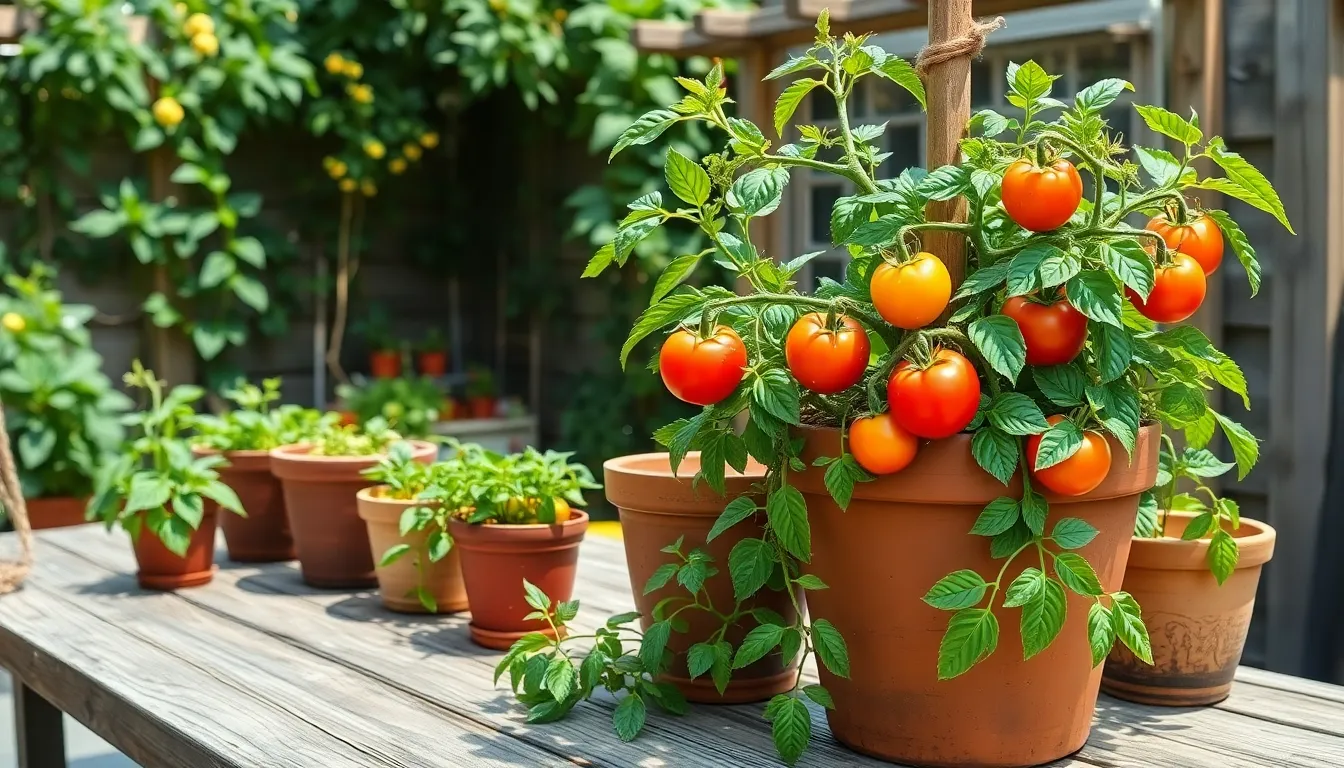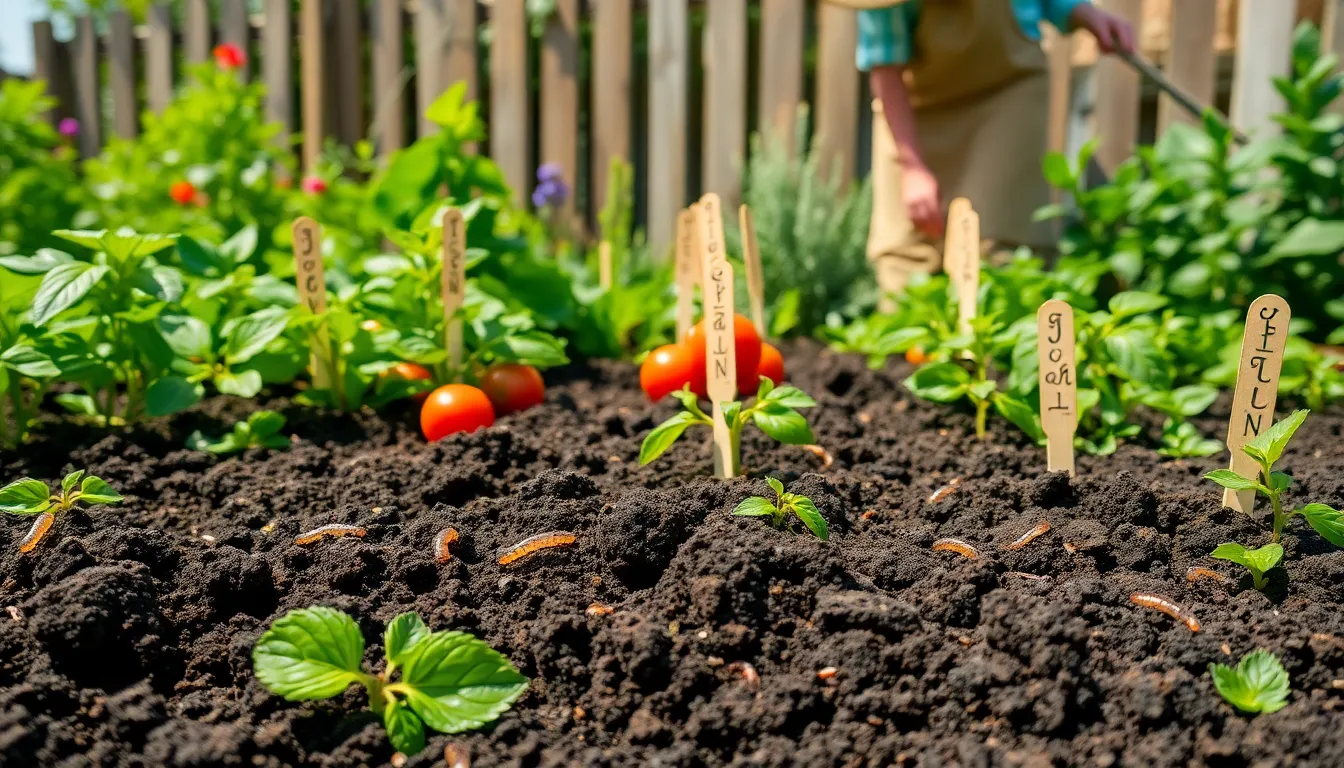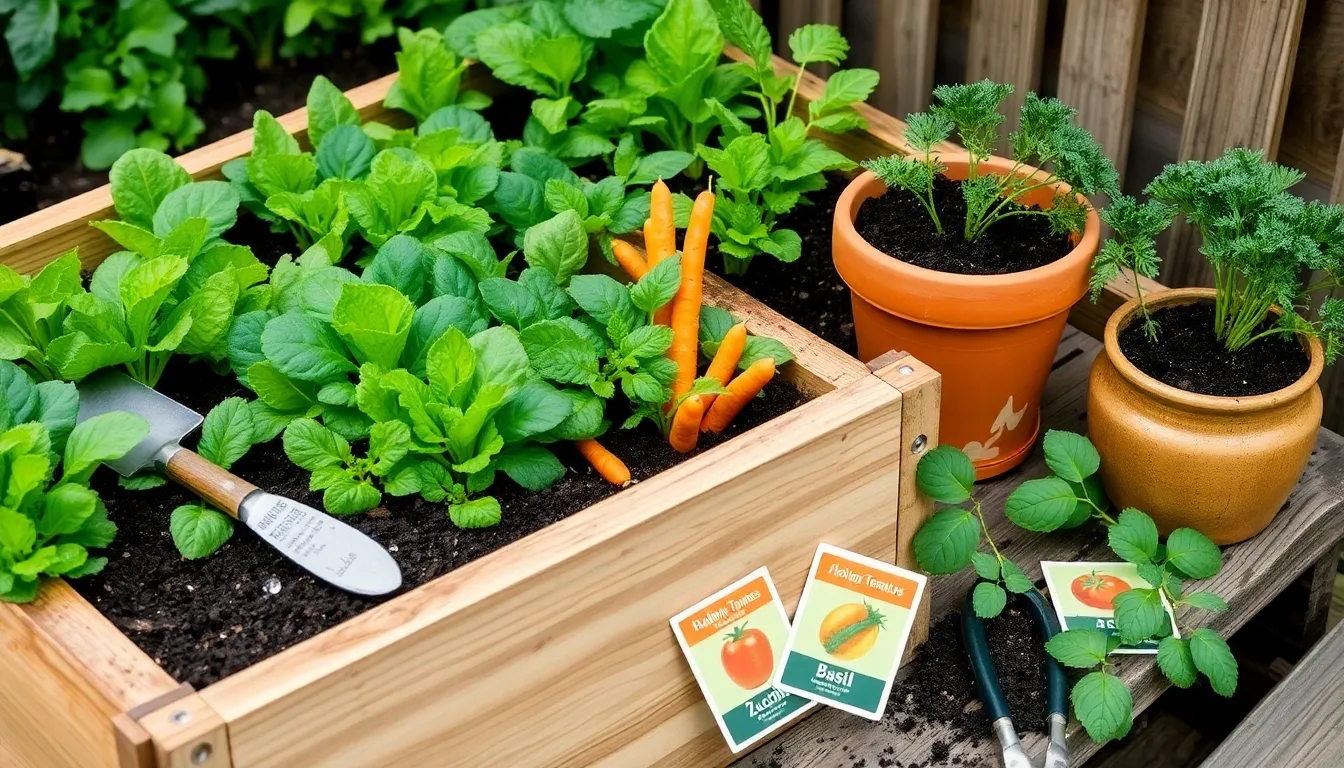Organic Garden Ideas

There’s something utterly delightful about plucking a ripe, juicy tomato from your very own plant—especially when that plant is thriving ...

Gardening is a journey filled with discovery and delight, whether you’re just starting out with your first seedling or you’re ...

There’s something inherently magical about transforming a patch of earth into a thriving vegetable garden. Whether you’re a seasoned green ...









